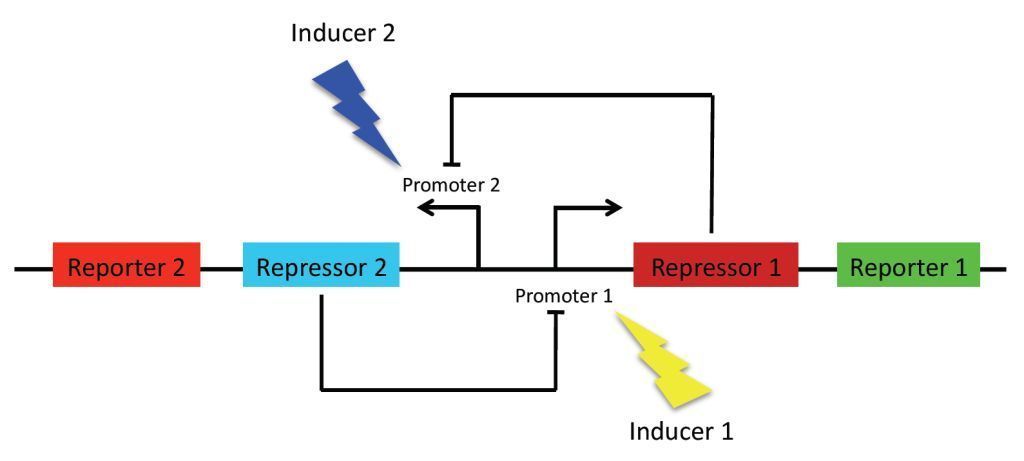Team:DTU-Denmark/Project
From 2010.igem.org
(→characterizing our Biobricks) |
(→characterizing our Biobricks) |
||
| Line 24: | Line 24: | ||
== ''' characterizing our Biobricks ''' == | == ''' characterizing our Biobricks ''' == | ||
| - | In order to help the community using our biobricks characterization and evaluation of the bricks should be done. (Also to get a better evaluation at the competition). We have typed all our biobricks into the registry base and collect information on the different parts there. Biofab, a synthetic biology company, have been working on developing a data sheet to describe biobricks, as electrical parts are beeing described. [http://www.biofab.org/first_datasheet Biofab datasheet]. | + | In order to help the community using our biobricks characterization and evaluation of the bricks should be done. (Also to get a better evaluation at the competition). We have typed all our biobricks into the registry base and collect information on the different parts there. Biofab, a synthetic biology company, have been working on developing a data sheet to describe biobricks, as electrical parts are beeing described. [http://www.biofab.org/first_datasheet Biofab datasheet description]. |
| - | We have tried to use this standard and approach in our description of our genes. | + | An example describing BBa_F2620 can be foud in the article by Drew Endy and colle [http://www.nature.com/nbt/journal/v26/n7/full/nbt1413.html standardization of synthetic biological parts] <br /> We have tried to use this standard and approach in our description of our genes. |
Revision as of 09:32, 20 August 2010
| Home | Team | Project | Parts Submitted to the Registry | Modeling | Blog | Gallery |
|---|
Contents |
Bacterial Light Switch!
Introduction
Overall Goal
The goal of our project is to enable colonies of E. coli bacteria to transition between production of two different reporter proteins. In our system, switching between states will be induced by exposing the bacteria to light. Each of the states will have a specific frequency associated with it. There are multiple potential applications for biologicals "switches" such as these, this includes the improved control of production of additives in industrial biotechnological processes.
Project Concept
As previously stated, the main goal of our project is to design a bistable switch. The switching between the two states will be controlled by the introduction of two different wavelengths of light, each wavelength responsible for the induction of a different state. As a proof of concept, we’re using fluorescent proteins as reporter genes which makes it easy to observe and characterise the system. In principle, however, any reporter gene can be used.
Production of first reporter protein will be induced by red light (660 nm). At the same time, production of the other reporter will be suppressed by a coexpressed repressor. Conversely, production of the second reporter can be induced by blue light (470 nm). Bistability of the system is achieved by using two repressors which negatively regulate each other’s expression. This enables the system to sustain state without continuous input, i. e. once production of a reporter protein is initiated, it will persist until the system is forced into the other state.
characterizing our Biobricks
In order to help the community using our biobricks characterization and evaluation of the bricks should be done. (Also to get a better evaluation at the competition). We have typed all our biobricks into the registry base and collect information on the different parts there. Biofab, a synthetic biology company, have been working on developing a data sheet to describe biobricks, as electrical parts are beeing described. [http://www.biofab.org/first_datasheet Biofab datasheet description].
An example describing BBa_F2620 can be foud in the article by Drew Endy and colle [http://www.nature.com/nbt/journal/v26/n7/full/nbt1413.html standardization of synthetic biological parts]
We have tried to use this standard and approach in our description of our genes.
 "
"
